Lithium - ion battery thermal runaway is a critical safety hazard that can lead to fire, explosion, and even personal injury. Thermal runaway occurs when the battery undergoes an exothermic reaction that cannot be controlled, resulting in a rapid increase in temperature and the release of flammable gases. To prevent and mitigate thermal runaway, a series of protection solutions have been developed, covering material selection, structural design, and system - level control.
1. Material - Level Protection
Electrode and Electrolyte Modification: Modifying the composition of electrodes and electrolytes is an effective way to improve the thermal stability of lithium - ion batteries. For the positive electrode, doping with elements such as aluminum, magnesium, or titanium can enhance the crystal structure stability of the electrode material, reducing the risk of oxygen release at high temperatures. For example, lithium - nickel - manganese - cobalt oxide (NMC) electrodes doped with aluminum have a higher thermal decomposition temperature compared to undoped NMC. For the negative electrode, coating the graphite surface with a layer of materials such as silicon oxide or titanium oxide can suppress the formation of lithium dendrites (which can cause short - circuits) and reduce the exothermic reaction between the negative electrode and electrolyte. The electrolyte can be modified by adding flame - retardant additives (such as phosphorus - containing or halogen - containing compounds) that can suppress the combustion of the electrolyte when thermal runaway occurs. Additionally, using high - temperature - resistant electrolyte solvents (such as ionic liquids) can improve the thermal stability of the electrolyte.
Separator Design: The separator is a key component that prevents direct contact between the positive and negative electrodes while allowing the passage of lithium ions. Improving the thermal stability of the separator can delay or prevent short - circuits during thermal runaway. One approach is to use separators made of high - temperature - resistant materials such as ceramic - coated polyolefin (polyethylene or polypropylene) or aramid fibers. Ceramic - coated separators have a higher melting point and thermal shrinkage resistance compared to traditional separators. When the battery temperature rises, the ceramic coating remains intact, maintaining the separation between electrodes and preventing short - circuits. Another approach is to use smart separators that can close the pores at a certain temperature (e.g., 120 - 150°C) to block the passage of lithium ions and stop the battery reaction. These separators are made of materials with temperature - sensitive properties, such as polyethylene - based separators with a specific melting point.
2. Structural and System - Level Protection
Thermal Management System: An effective thermal management system is essential for preventing thermal runaway by maintaining the battery temperature within a safe range and dissipating heat generated during operation. Passive thermal management systems use materials such as thermal insulation layers (aerogel, foam) to reduce heat transfer between cells and the external environment, and heat sinks (aluminum or copper plates) to dissipate heat. Active thermal management systems, on the other hand, use cooling media (air, liquid, or phase - change materials) to actively remove heat from the battery pack. For example, liquid - cooled systems use a network of channels to circulate a cooling liquid (such as ethylene glycol - water mixture) around the cells, absorbing heat and transferring it to a radiator. Phase - change materials (PCMs) absorb heat by changing their phase (from solid to liquid) at a specific temperature, providing a stable cooling effect. The thermal management system is controlled by the BMS, which adjusts the cooling or heating rate based on the battery temperature.
Pressure Relief and Gas Venting: When thermal runaway occurs, the battery releases a large amount of flammable gases (such as methane, ethylene, and carbon monoxide) that can cause a buildup of pressure inside the battery pack. To prevent explosion, battery packs are designed with pressure relief valves (PRVs) and gas venting channels. The PRVs are installed on the battery cell or module case and open automatically when the internal pressure exceeds a certain threshold (e.g., 1 - 3 bar), allowing the gases to escape. The gas venting channels guide the released gases to a safe location (such as outside the vehicle or away from flammable components) to prevent gas accumulation and ignition. Additionally, some battery packs are equipped with gas sensors that detect the presence of flammable gases and trigger an alarm or activate fire suppression systems.
Fire Suppression Systems: In the event that thermal runaway cannot be prevented, fire suppression systems are used to extinguish the fire and minimize damage. Common fire suppression systems for lithium - ion battery packs include dry powder, water mist, and inert gas systems. Dry powder systems use a powder (such as ABC dry powder) that can suppress the fire by interrupting the combustion reaction. Water mist systems spray a fine mist of water that cools the battery and dilutes the flammable gases. Inert gas systems (such as argon or nitrogen) displace the oxygen in the battery pack, suppressing the fire by creating an oxygen - deficient environment. The fire suppression system is usually linked to the BMS and gas sensors, which trigger the system when a fire is detected.
Read recommendations:
18650 1000mAh 3.7V
pack process analysis of 18,650 lithium battery
Maintenance rules for unmanned aerial vehicle lithium batteries
connector for energy storage battery manufacturer
Nickel Hydride No. 5 batteries
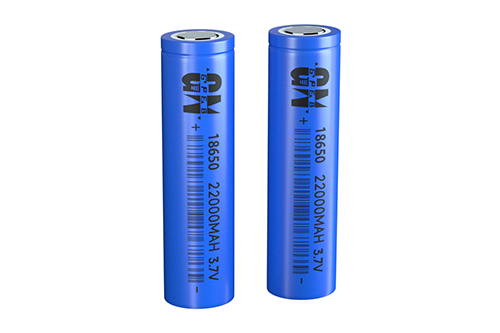
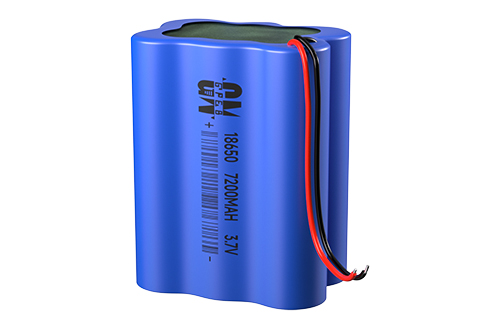

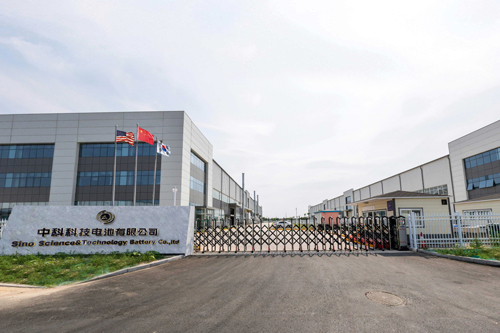

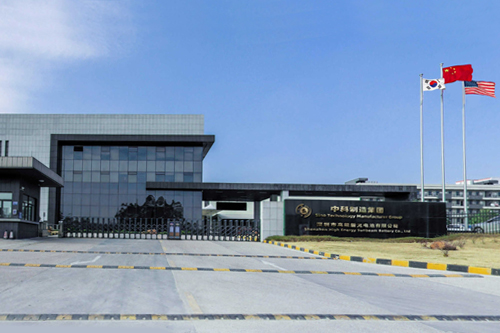



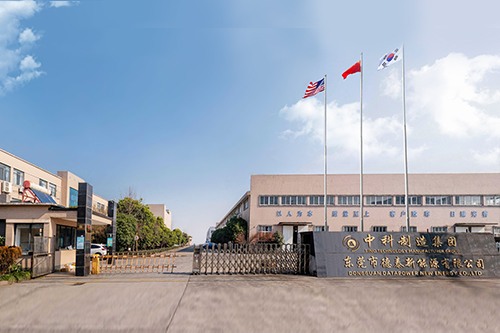

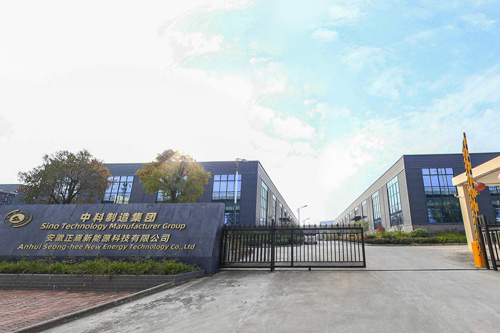








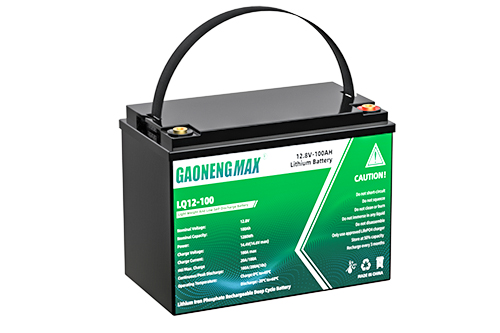
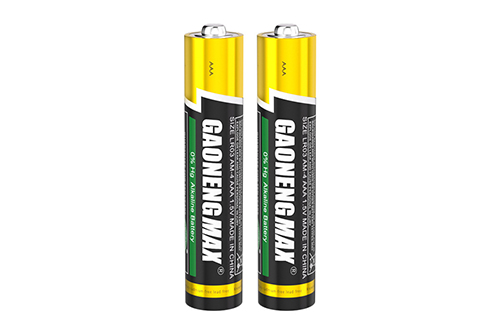

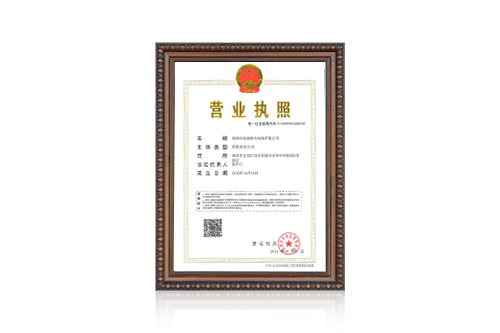
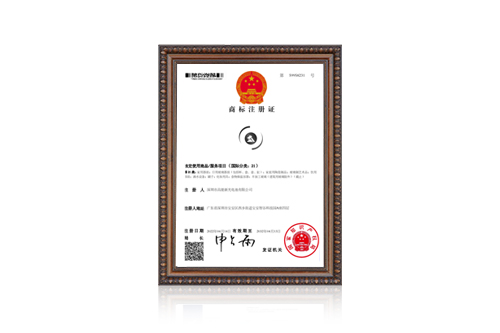
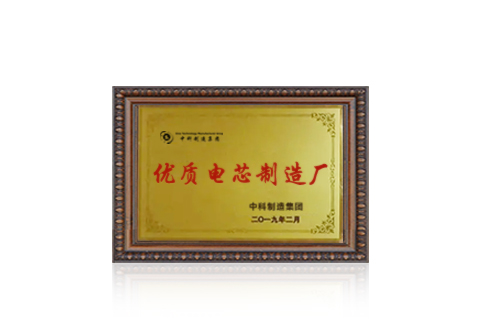

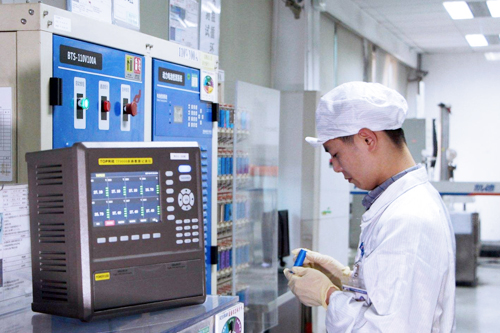















 360° FACTORY VR TOUR
360° FACTORY VR TOUR
 Whatsapp
Whatsapp
 Tel
Tel Email
Email TOP
TOP